
This flag is commonly called the Don’t-Tread-On-Me flag but its correct name is the Gadsen Flag. There are many variations of a flag with a rattlesnake symbol, but the Gadsen flag is the most popular and well-known.
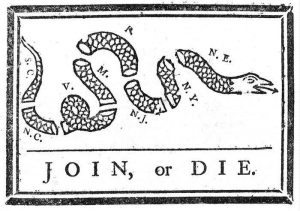
Texas was the first state to propose and then approve the Gadsden flag specialty license plate. Seven states now offer the Gadsen license plate. The states of Virginia, Arizona, Missouri, Oklahoma, and South Carolina followed and Alabama will soon offer a license plate too. Gadsen flags, baseball caps, and moral patches are found online offering the remarkable looking creation for those who want to make a statement. Who created this symbol and why?
Well, our hero of the month is Christopher Gadsen, and we’ll do our best to tell his story in this article.
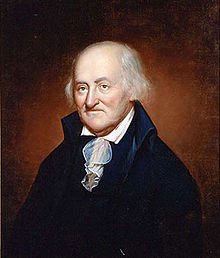
“I recollected that her eye excelled in brightness, that of any other animal, and that she has no eye-lids—She may therefore be esteemed an emblem of vigilance.—She never begins an attack, nor, when once engaged, ever surrenders: She is therefore an emblem of magnanimity and true courage.—As if anxious to prevent all pretensions of quarreling with her, the weapons with which nature has furnished her, she conceals in the roof of her mouth, so that, to those who are unacquainted with her, she appears to be a most defenseless animal; and even when those weapons are shown and extended for her defense, they appear weak and contemptible; but their wounds however small, are decisive and fatal:—Conscious of this, she never wounds till she has generously given notice, even to her enemy, and cautioned him against the danger of stepping on her.—Was I wrong, Sir, in thinking this a strong picture of the temper and conduct of America”
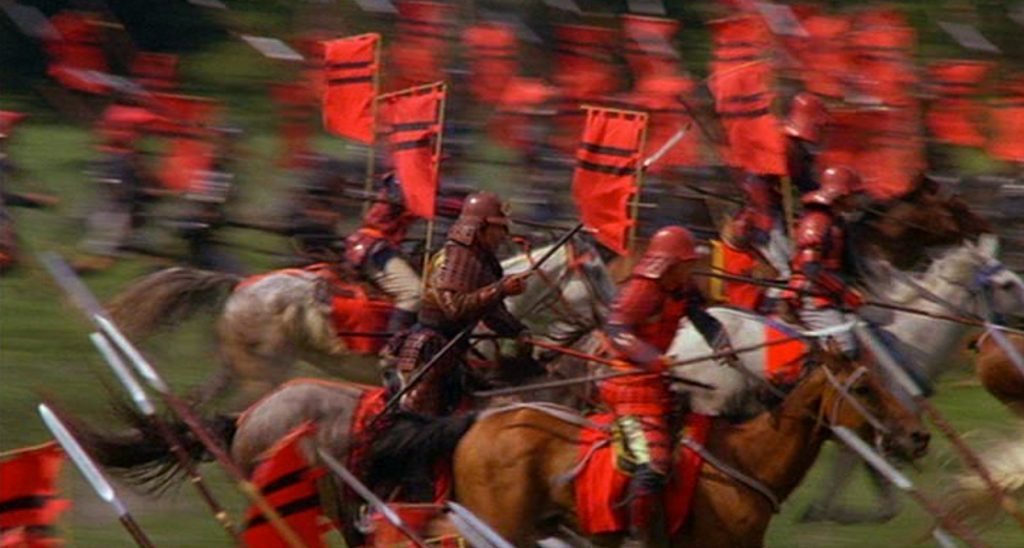
Flags have been around for millennia. They are a piece of fabric with a distinct design on them and used as a symbol or decoration to assist militaries to move their troops in a coordinated fashion. Akira Kurosawa’s movies such as Ran and Kagemusha put bright banners to splendid effect by having troops and lone men move around the field with them affixed to their bodies or held in their hands. We get an understanding of how powerful the effect of a flag on the battlefield can be to men in war.
The Clint Eastwood movie Flags of our Fathers, the Sands of Iwo Jima, and the Patriot movie with Mel Gibson all put our great American tri-colored flag to good use on screen as well. These movie directors essentially understood how symbols affect our life because they are imbedded into our subconscious mind and the collective unconsciousness. There is something very powerful in symbols because it is something that is ‘itself’ and also stands for something else. It stands for something larger than ourselves. Who hasn’t been stirred every time they see a video of U.S. Marines raising the American flag over Mt. Suribachi on Iwo Jima?
The Holy Roman Empire used their imperial banner of a black eagle on a gold background to frightening use I’m sure. Imagine thousands of legionnaires marching through your back yard. Sandaled feet stomping up and down through dust and dirt. A lone foot kicks your dog and the men scare your chickens; the Roman flag was flying high. Scary men were coming to town.
Enter Christopher Gadsen (1724-1805). Gadsen was a soldier and statesman from South Carolina and was an American Revolutionary War patriot. He became a wealthy merchant through his father’s inheritance but through shrewd work gained in mercantile ventures he made back most of what his father lost due to gambling. Gadsen had many successes in his lifetime. He argued for colonial unity long before it was a popular thing to do. He continued to prosper as a merchant and he served as a militia Captain during an expedition to fight the Cherokee Indians. In 1760, he was elected to the colonial assembly. Most members of Congress realized his extensive trade connections made him valuable and so he came into the fold.
The Gadsen flag wasn’t to be held when treading on other people’s property. He created the flag to be used with the opposite intention in mind. Don’t Tread on Me is clearly noted on the flag. Gadsen understood in some way the power of symbolism. He knew that the proper kind of flag could inspire men and help to unify them. Two common stories are told about the creation of the flag. One story mentions that Gadsen saw the flag while he was riding on horseback and decided to copy the pattern and make it available for wide release. Another story being told is that he created the flag himself while influenced by drinking and good open dialogue. I’ll go with the second explanation.
What is clear is the wide-spread usage of the yellow snake banner began with Gadsen. Around that time, Britain incurred a huge war debt after the French and Indian War. King George’s government believed it was in their best interest to have the colonies to help pay for their own defense. Britain was leaving the colonies to pay for itself, which could be understandable if the colonies operated independently of Britain, but this did not occur. Britain did not want to pay for her defenses and yet it wanted to tax the colonies. To make matters worse, the colonies were not allowed to print their own money.
The supply of hard currency in the South dried up and yet the British continued to tax. Another major issue was that all documentation would require a special stamp before its submission. This meant that all deeds, contracts, wills, pamphlets, license and the like would require a special stamp to be purchased. This led to the Stamp Act of 1765 whereby the assemble made Gadsen one of their delegates to the Stamp Act Congress called to protest.
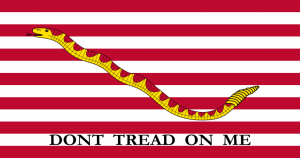
As South Carolina’s delegate, Gadsen drafted a series of resolutions explaining opposition to the Stamp Act. His open protest and support for the Declaration of Rights produced by the Congress gained the attention of Samuel Adams. Through Gadsen’s actions on the Stamp Act, the two began a long correspondence and friendship.
Gadsen served in the Continental Congress in Philadelphia (1774-1776), and the state’s new General Assembly (1776-1780). He served as the second leading politician – Vice President (1778-1779) and Lieutenant Governor (1780-82) too. He was one of the first to urge colonial union against England’s policy of taxation. He favored independence. When the British captured Charleston, Gadsen was exiled to St. Augustine. He was offered parole when the city surrendered but he did not accept it. He had once written:
“with my Life I desire to be ready to sacrifice at a Moment’s Warning on the Altar of Liberty & in the Cause of my Country, my highest Ambition is to be found doing my Duty let my Master call at Midnight or at what Hour he please”
Gadsen spent 10 months in solitary confinement in an old Spanish dungeon in a fortress of Castillo de San Marcus. Gadsen used his time wisely by getting deeper into his Christian faith and learned Hebrew. A fellow member of the Continental Congress described him as “one of the most regularly, religious Men I ever met with” Gadsen did much for the Congress. He helped to build up the militia after being directed to by John Hancock. He also sent out urgent letters requesting gunpowder from the local Secret Committee in Chaleston. A recommendation was made to hide the gunpowder in bushels of rice. The plan worked, and soon 5000 pounds of gunpowder, borrowed from Georgia sailed to Boston. It was spread for use in Lexington and Concord.
Usage of the flag began to spread when it was first painted on the side of a drum to attract recruits and it was unfurled from the mast of the ship, the Alfred on Dec 20, 1775. Commander Esek Hopkins received the flag as a gift from Gadsen. Hopkins flew Gadsen’s flag along two other flags aboard his ship. The Navy Jack, a small square flag with red and white stripes and a snake with the words Don’t Tread on Me, and the Grand Union Flag were flown as well. The Grand Union Flag was composed of the old British Jack and held as well thirteen red and white stripes upon her face.
Gadsen had a very good career. He was not a perfect person but he believed and followed through on the words he penned in 1782, “In short, he that forgets and forgives most is the best citizen.” Gadsen clearly saw a major problem and he fought back in protest to find a solution. He didn’t shirk duty, didn’t avoid punishment and imprisonment, and he didn’t take the road most traveled. Gadsen was a fighter through and through and he made his way. Though he had limited military experience he used the best skills he had- his brain. He built friendships, made enemies, and took risks all with the personal intent of gaining independence for all of the colonists. In 1805, the aged patriot died from a fall in his Charleston house and was buried with much fanfare and public displays of mourning in an unmarked grave in the cemetery of St. Philip’s (Charleston Mercury).
Two good resources for information on Gadsen can be found here:
http://www.usflag.org/history/gadsden.html
The book “Christopher Gadsen and the American Revolution” by E.Stanly Godbold, Jr. and Robert H. Woody was an excellent resource of Christopher Gadsen.
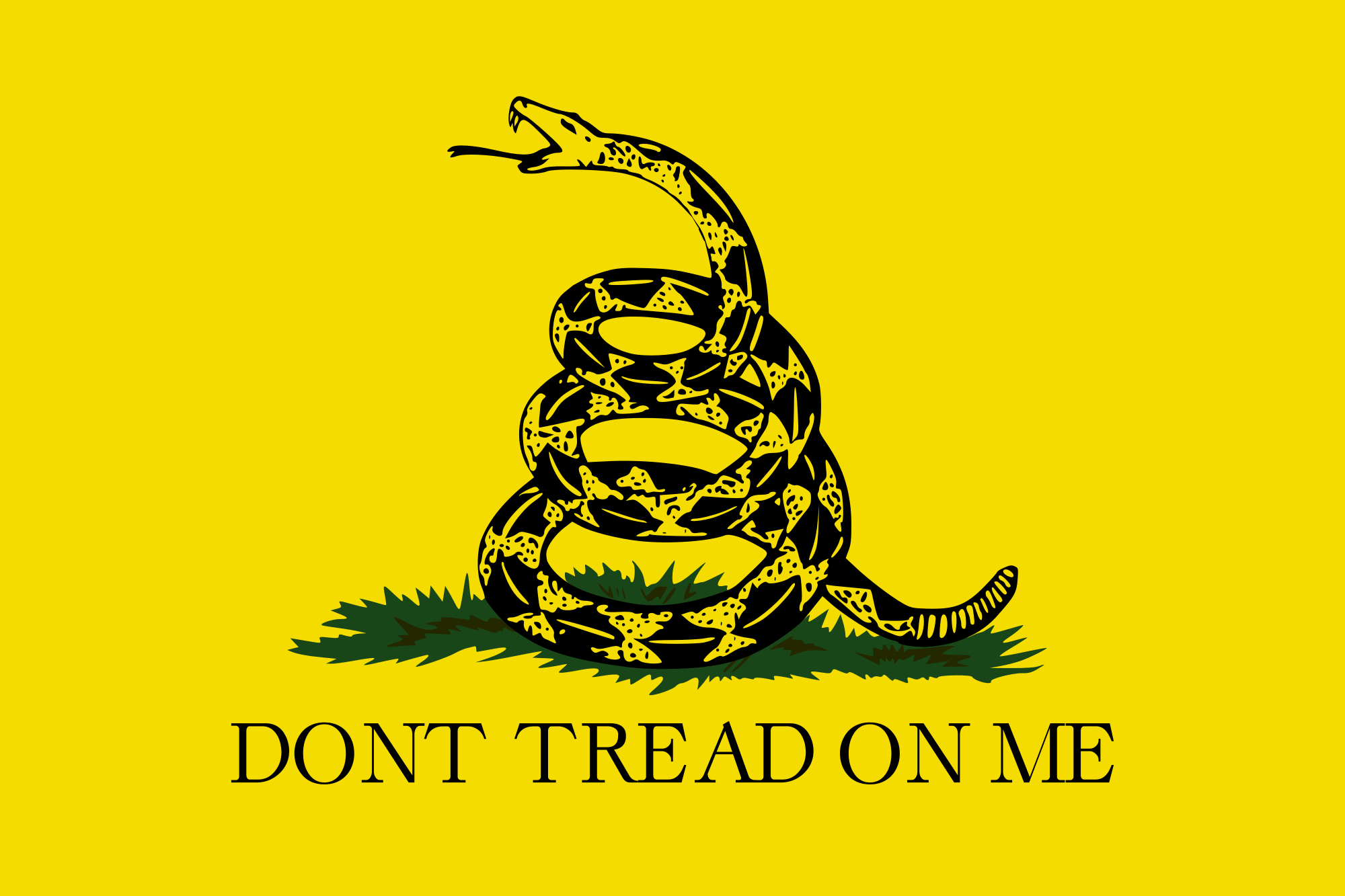
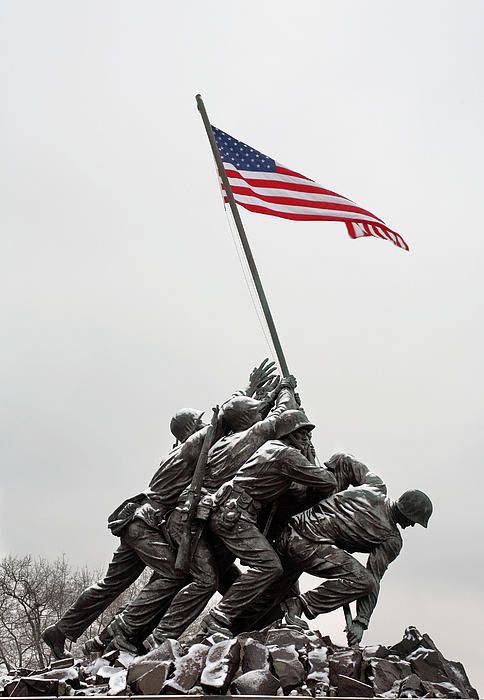

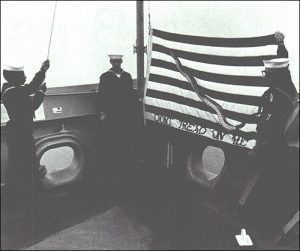
I have been to the fortress of Castillo de San Marcus a few times in my adult life and do not recall ever being told Mr. Gadsen being a prisoner there. In my next travel to the fort, I will inquier more to see if that part of our history is mentioned.
Thanks for the artical.
Hey TeamHaller. There are a few good sources online. Hope you find these interesting!
https://www.nps.gov/parkhistory/online_books/source/sb3/sb3j.htm
http://www.histdocs.com/home/productpages/180.php?cat=Sets%20of%20Documents